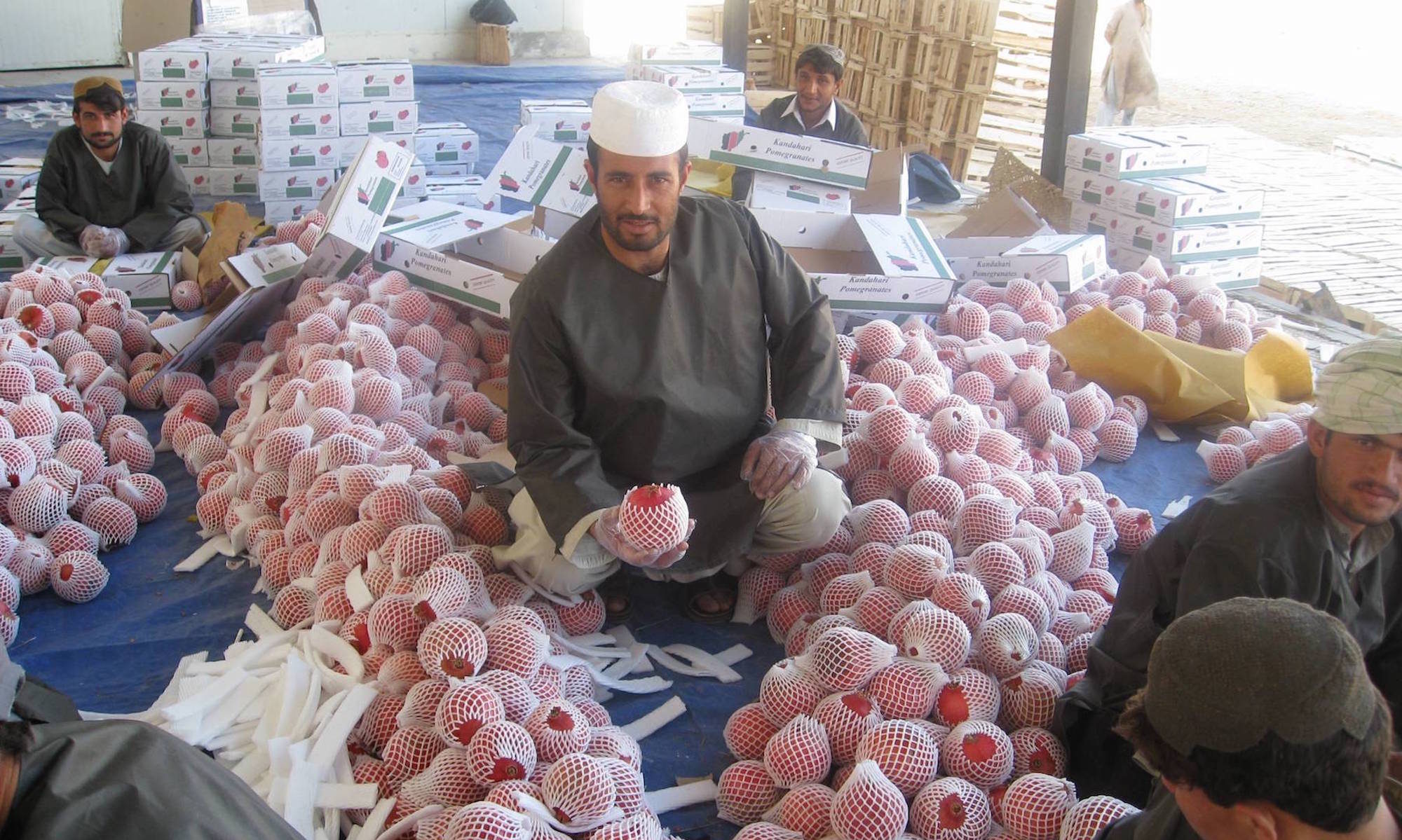There is a growing body of practice and literature on the role of information and communication technologies (ICTs) in preventing and responding to violence. There is also a lot of excitement and corresponding literature about the role of the internet in non-violent change and democratization. The use of mobile phones, social networks such as Facebook and Twitter, and user-generated content (UGC) like blogs and YouTube videos in the protests in Tunisia and Egypt, as well as throughout the wider middle-east and North Africa (MENA) region have shown how ICTs can complement and augment the exercise of rights to freedom of expression, freedom of association, and freedom of peaceful assembly. This literature focuses on the use of ICTs before and during conflict, for example in conflict prevention and early warning. What about the use of ICTs in post-conflict situations; after the negotiation of peace agreements? How can ICTs be used in post-conflict interventions; more specifically in post-conflict peacebuilding and post-conflict reconstruction and recovery? What role of can be played here by social media and user-generated content?
The Revolution Will Not Be Tweeted
Judging by the popular press, in January 2011 Twitter and Facebook went from being simply engaging social diversions to become engines of political change that upended decades of Arab authoritarianism. It is tempting to be swept away by this narrative, which suggests that social media prompted hundreds of thousands, and then millions, of Tunisians and Egyptians to pour into the streets and peacefully demand change. Brittle authoritarian regimes had little choice but to comply, and in this way, social media irrevocably changed the future of the Middle East. Following the logic to its conclusion, it would suggest that the Middle East is on the brink of a period of democratic consolidation, as the ideals and tools of revolutionaries lead the region forward into a period of anti-sectarianism, liberalism, and hope.
